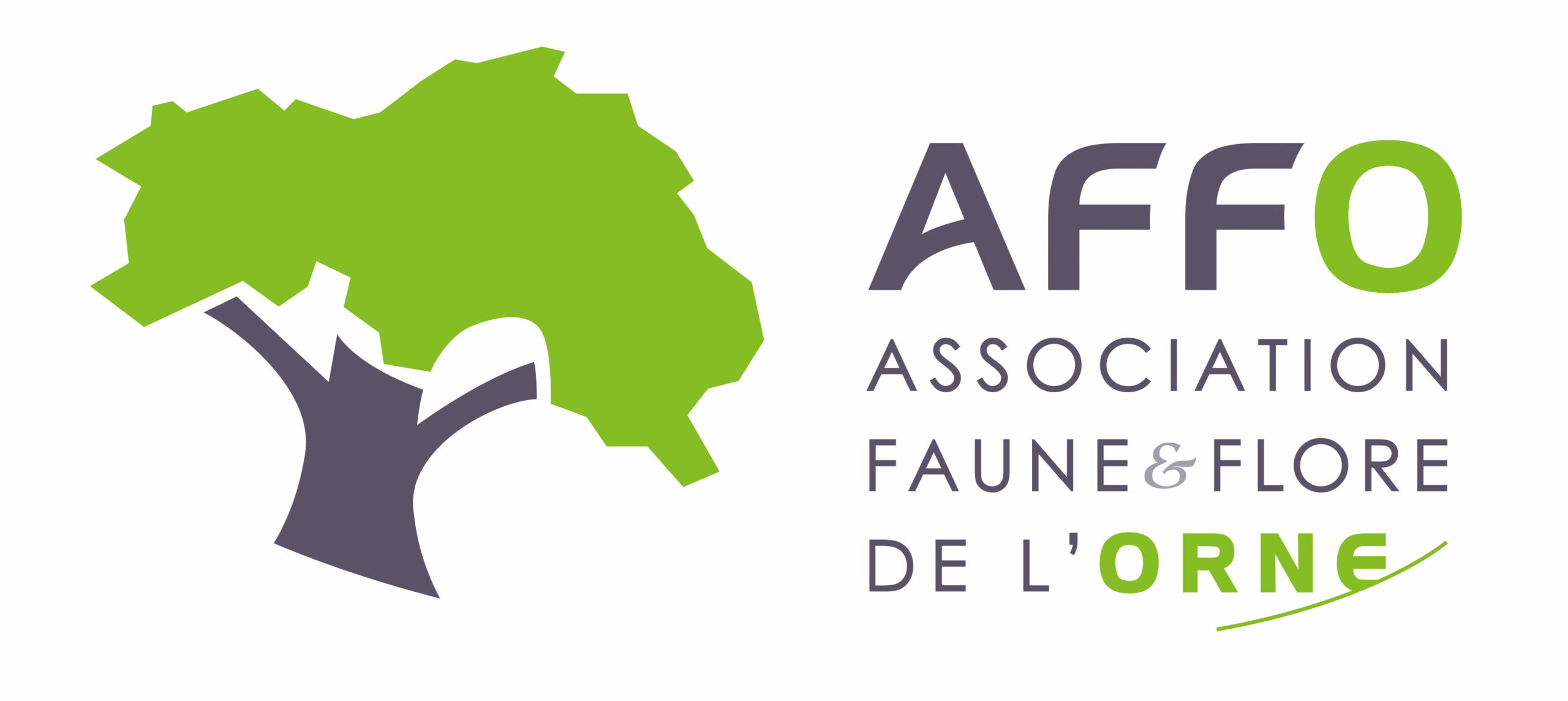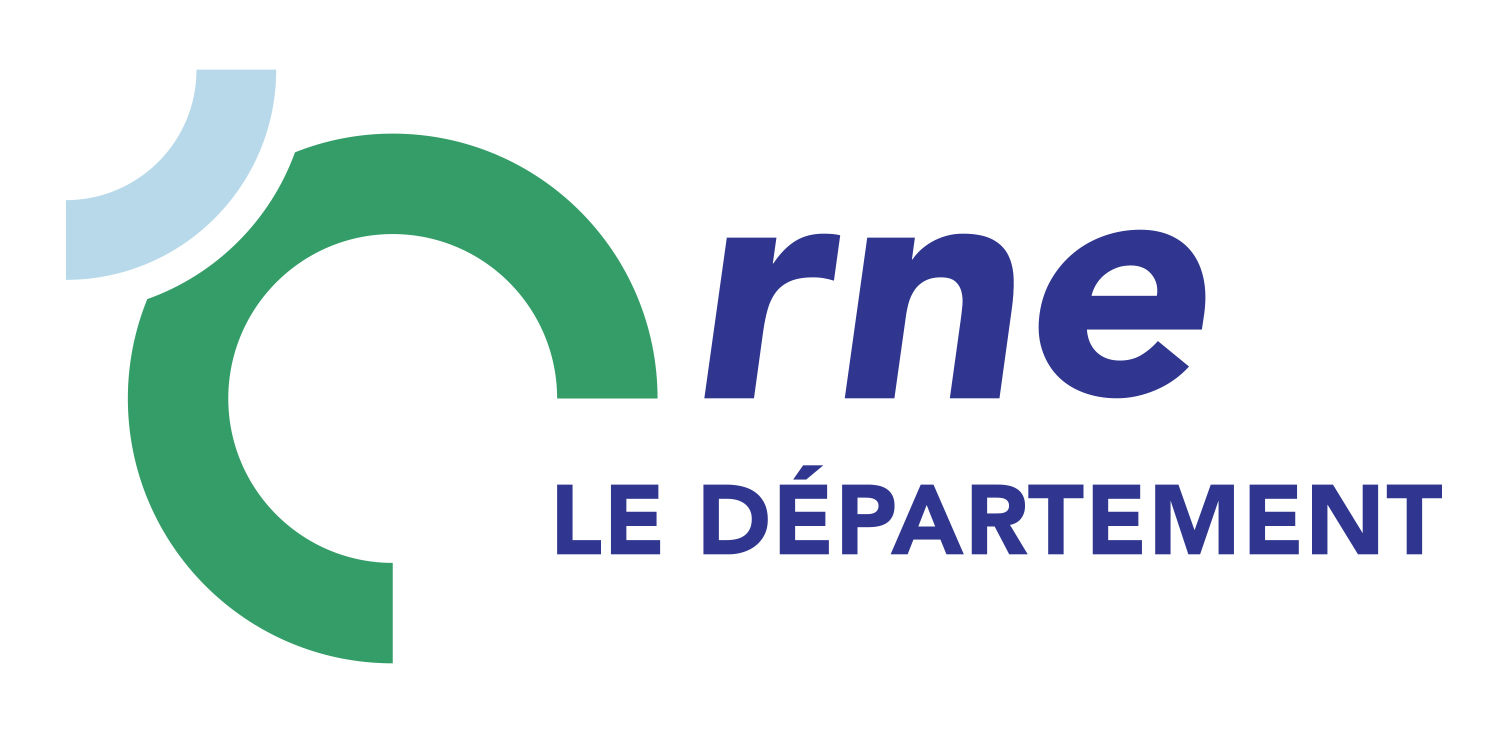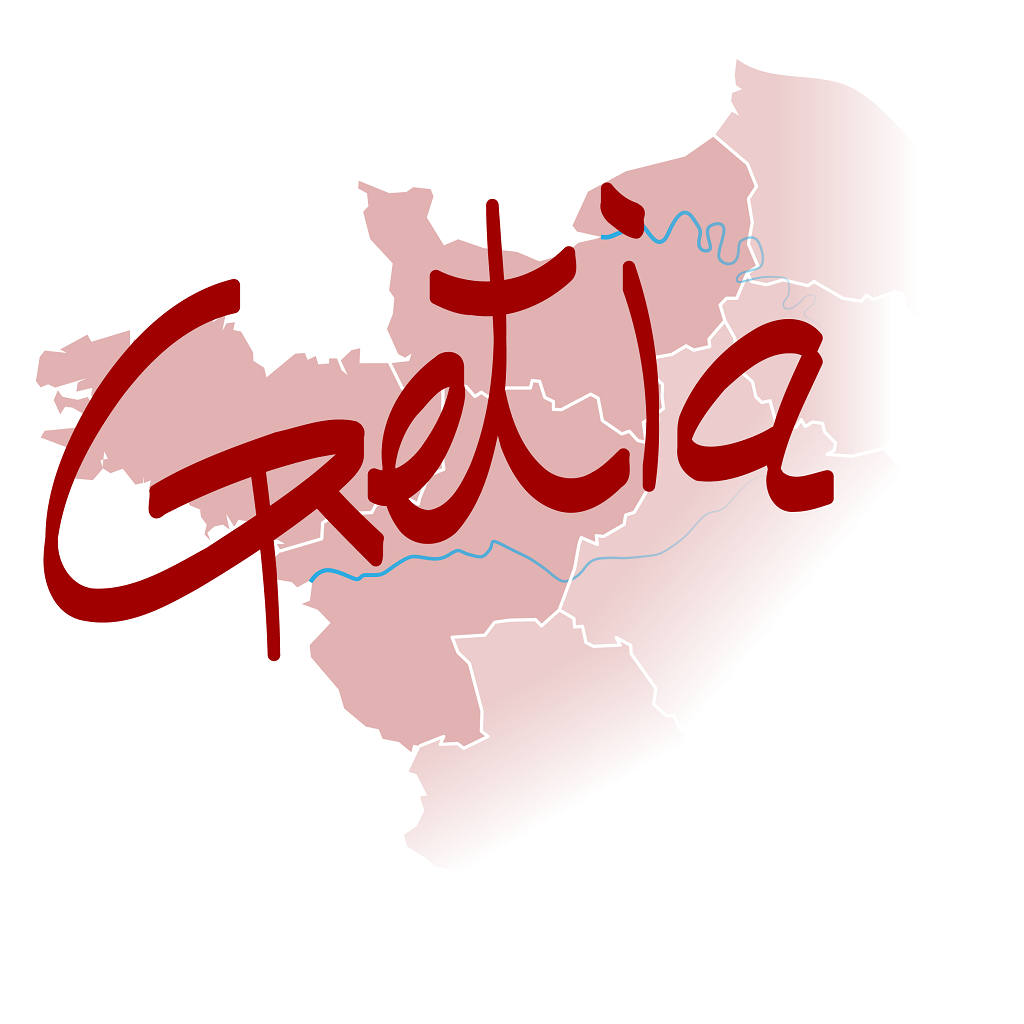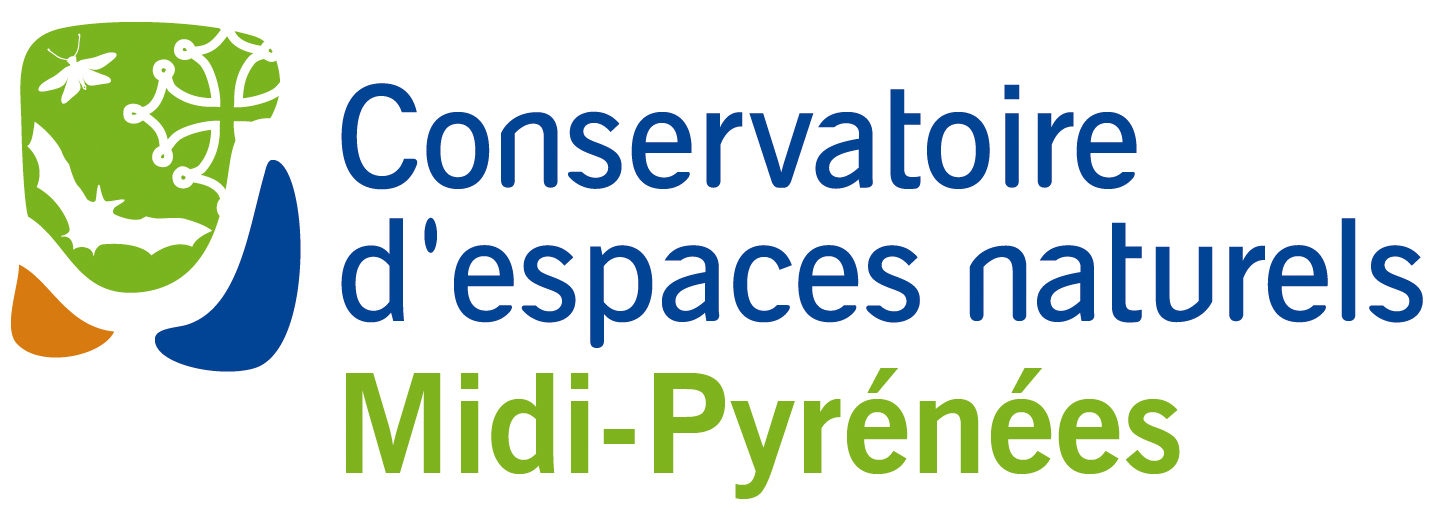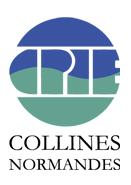Bombyx du Chêne (Le)
Lasiocampa quercus (Linnaeus, 1758)
- 209 observations
-
93
communes -
42
observateurs
16
organismes -
Première observation
1962 -
Dernière observation
2025
Alençon - Appenai-sous-Bellême - Argentan - Athis-Val de Rouvre - Aubry-le-Panthou - Aunay-les-Bois - Avrilly - Bagnoles de l'Orne Normandie - Bailleul - Beauvain - Belforêt-en-Perche - Boischampré - Bretoncelles - Briouze - Bursard - Caligny - Carrouges - Ceaucé - Ceton - Champsecret - Charencey - Cisai-Saint-Aubin - Condé-sur-Sarthe - Cuissai - Damigny - Domfront en Poiraie - Durcet - Écouché-les-Vallées - Écouves - Essay - Flers - Francheville - Gacé - Gandelain - Gouffern en Auge - Igé - La Bellière - La Chapelle-au-Moine - La Chapelle-près-Sées - La Chapelle-Souëf - La Ferté Macé - Lalacelle - La Lande-de-Goult - La Motte-Fouquet - La Selle-la-Forge - Le Bouillon - Le Grais - Le Mêle-sur-Sarthe - Le Plantis - Les Genettes - Les Monts d'Andaine - Les Ventes-de-Bourse - Longny les Villages - Lonlay-l'Abbaye - L'Orée-d'Écouves - Magny-le-Désert - Mantilly - Montchevrel - Mortagne-au-Perche - Mortrée - Parfondeval - Passais Villages - Perche en Nocé - Pervenchères - Putanges-le-Lac - Rives d'Andaine - Roiville - Sablons sur Huisne - Saint-Aubin-de-Bonneval - Saint-Clair-de-Halouze - Saint-Cyr-la-Rosière - Sainte-Scolasse-sur-Sarthe - Saint-Evroult-Notre-Dame-du-Bois - Saint-Germain-du-Corbéis - Saint-Gervais-des-Sablons - Saint-Hilaire-sur-Erre - Saint-Mars-d'Égrenne - Saint-Martin-du-Vieux-Bellême - Saint-Nicolas-des-Bois - Saint-Patrice-du-Désert - Saint-Philbert-sur-Orne - Saint-Pierre-d'Entremont - Sarceaux - Sées - Suré - Ticheville - Tinchebray-Bocage - Torchamp - Touquettes - Val-au-Perche - Verrières - Vieux-Pont - Villedieu-lès-Bailleul
-
Association Faune & Flore de l'Orne (AFFO)
Participation à 96 Observations
Part d'aide à la prospection : 45.93 %
Fiche organisme
-
PNR et géoparc mondial UNESCO Normandie-Maine
Participation à 68 Observations
Part d'aide à la prospection : 32.54 %
Fiche organisme
-
UMS PatriNat (OFB-CNRS-MNHN)
Participation à 23 Observations
Part d'aide à la prospection : 11.00 %
Fiche organisme
-
Habitants-bénévoles
Participation à 15 Observations
Part d'aide à la prospection : 7.18 %
Fiche organisme
-
Système mondial d’information sur la biodiversité (GBIF)
Participation à 12 Observations
Part d'aide à la prospection : 5.74 %
Fiche organisme
-
Conseil départemental de l'Orne (bureau ENS)
Participation à 8 Observations
Part d'aide à la prospection : 3.83 %
Fiche organisme
-
GRoupe d'ETude des Invertébrés Armoricains (GRETIA)
Participation à 5 Observations
Part d'aide à la prospection : 2.39 %
Fiche organisme
-
Ministère de la Transition écologique et de la Cohésion des territoires
Participation à 4 Observations
Part d'aide à la prospection : 1.91 %
Fiche organisme
-
Office national des forêts (ONF)
Participation à 3 Observations
Part d'aide à la prospection : 1.44 %
Fiche organisme
-
Muséum national d'Histoire naturelle (MNHN)
Participation à 3 Observations
Part d'aide à la prospection : 1.44 %
Fiche organisme
-
Conseil départemental de l'Orne
Participation à 2 Observations
Part d'aide à la prospection : 0.96 %
Fiche organisme
-
Conservatoire d'espaces naturels de Midi-Pyrénées (CEN MP)
Participation à 1 Observation
Part d'aide à la prospection : 0.48 %
Fiche organisme
-
Le Monde des Insectes (insectes.org)
Participation à 1 Observation
Part d'aide à la prospection : 0.48 %
Fiche organisme
-
Institut national de l'information géographique et forestière (IGN)
Participation à 1 Observation
Part d'aide à la prospection : 0.48 %
Fiche organisme
-
CPIE Collines normandes
Participation à 1 Observation
Part d'aide à la prospection : 0.48 %
Fiche organisme
Informations espèce
G : Boisements, forêts et autres habitats boisés
I : Habitats agricoles, horticoles et domestiques régulièrement ou récemment cultivés
Répartition actuelle en France métropolitaine
© INPN - Avertissement : les données visualisables reflètent l'état d'avancement des connaissances et/ou la disponibilité des données existantes au niveau national : elles ne peuvent en aucun cas être considérées comme exhaustives.
Répartition actuelle dans le monde
Avertissement : les données visualisables reflètent l'état d'avancement des connaissances et/ou la disponibilité des données existantes au niveau mondial : elles ne peuvent en aucun cas être considérées comme exhaustives.





